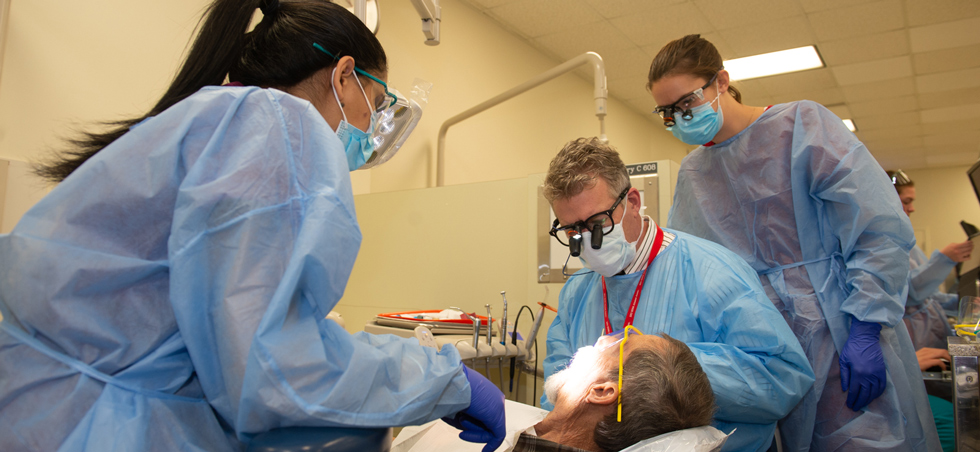Elementary School Dental Programs
The VCU School of Dentistry offers several different programs to help students achieve their goals of getting into dental school. Pipeline programs The Virginia Commonwealth University Health Sciences and Health Careers Pipeline features programs that are offered to students from elementary school all the way through the post-baccalaureate level. Bergen Community College - Dental Hygiene Program; The Bloomfield Health. Smiles Program, educate pre-school and early elementary school children.
The CSV consist of headers: “ServiceTag”;”Serial”;”ComputerName”;”UserLogin”;”UserPSWD”;”ComputerOU”;”Ticket”.  The most important is, that in this basic file in the Priority section, on the first place is SerialNumber parameter and after it should be Default. The second file is the base configuration of which CustomSettings.ini is consist of the Default one.
The most important is, that in this basic file in the Priority section, on the first place is SerialNumber parameter and after it should be Default. The second file is the base configuration of which CustomSettings.ini is consist of the Default one.


The United States faces a significant problem with access to oral health care, particularly for children. More than 50 countries have developed an alternative dental provider, a dental therapist, practicing in public, school-based programs, to address children’s access to care. This delivery model has been demonstrated to improve access to care and oral health outcomes while providing quality care economically. We summarize elements of a recent major review of the global literature on the use of dental therapists, “A Review of the Global Literature on Dental Therapists: In the Context of the Movement to Add Dental Therapists to the Oral Health Workforce in the United States.” We contrast the success of a school-based model of caring for children by dental therapists with that of the US model of dentists providing care for children in private practices.
THE UNITED STATES’ ECOnomically disadvantaged children bear a disproportionate burden of dental disease. Resident evil 4 emulator. Although 40 million of the country’s 78 million children will be covered by public dental insurance by 2014, they will still suffer neglect because the overwhelming majority of dentists do not provide care for publicly insured children in their practices.
Interest is increasing in expanding the workforce to include the development and deployment of individuals with skills in caring for children traditionally associated with the school dental nurse/dental therapist. Using school dental nurses/dental therapists originated in New Zealand in 1921. The New Zealand model has subsequently spread to more than 50 countries. Dental therapists are typically deployed in school-based clinics to ensure access to dental care for all children.
Dental therapists are highly skilled technicians, typically with 2 to 3 years of vocational training that emphasizes technical treatment skills and individual- and community-level prevention programs. Worldwide, their scope of practice includes examination, diagnosis, and treatment planning; exposing radiographs; oral health education; preventive services such as prophylaxis, fluoride therapy, fissure sealants, and dietary counseling; preparation of cavities in primary and permanent teeth and restoration with amalgam, composite, and preformed stainless steel crowns; and extraction of primary teeth. They have been successfully serving Native Americans in remote Alaskan villages since 2005. Minnesota authorized the training of dental therapists, with the first class graduating and beginning to care for its underserved populations in 2012.